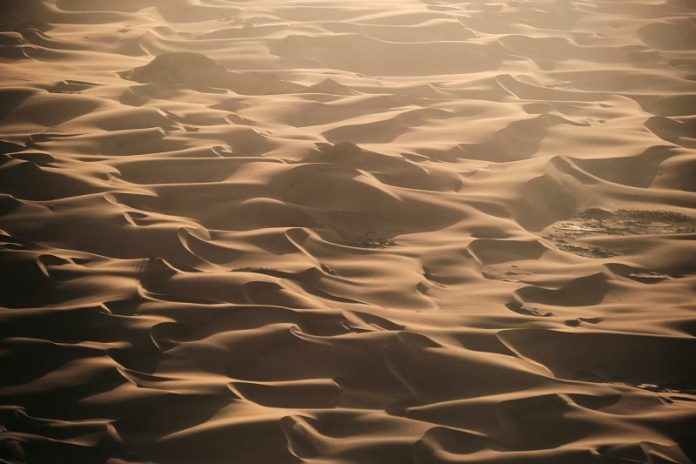
New research has uncovered a surprising link between giant plumes of dust from the Sahara Desert and the rainfall from hurricanes.
These dust plumes, which travel across the Atlantic Ocean, can influence the formation of hurricanes and affect weather in North America.
According to a study published in Science Advances, thick dust plumes can lead to heavier rainfall and potentially more destruction when hurricanes make landfall.
The study highlights a previously unknown relationship between Saharan dust and hurricane rainfall.
“Surprisingly, the leading factor controlling hurricane precipitation is not sea surface temperature or humidity in the atmosphere.
Instead, it’s Sahara dust,” said Yuan Wang, an assistant professor of Earth system science at the Stanford Doerr School of Sustainability and the corresponding author of the study.
Previous studies have suggested that the amount of Saharan dust transported across the Atlantic may decrease in the coming decades, and hurricane rainfall could increase due to human-caused climate change.
However, there is still uncertainty about how climate change will impact Saharan dust outflows and future hurricane rainfall.
Understanding these complex relationships is crucial for predicting and mitigating the effects of climate change.
“Hurricanes are among the most destructive weather phenomena on Earth,” said Wang. Even weaker hurricanes can produce heavy rains and flooding hundreds of miles inland.
“For conventional weather predictions, especially hurricane predictions, I don’t think dust has received sufficient attention to this point.”
Dust can have competing effects on hurricanes. Tropical cyclones, known as hurricanes in the North Atlantic, central North Pacific, and eastern North Pacific, reach hurricane status when their maximum sustained wind speeds hit 74 miles per hour or higher.
Dust particles can make ice clouds form more efficiently in the core of a hurricane, leading to more precipitation. This effect is known as microphysical enhancement.
On the other hand, dust can also block sunlight and cool sea surface temperatures around the hurricane’s core, which weakens the storm. This is called the radiative suppression effect.
To better understand these effects, Wang and his team developed a machine learning model to predict hurricane rainfall.
They used 19 years of meteorological data and hourly satellite precipitation observations to analyze rainfall from individual hurricanes.
Their results showed that a key predictor of rainfall is dust optical depth, which measures how much light passes through a dusty plume.
They found a boomerang-shaped relationship where rainfall increases with dust optical depths between 0.03 and 0.06 and then sharply decreases at higher concentrations. In other words, low to moderate dust levels can enhance rainfall, but high dust levels suppress it.
“When dust loading is low, the microphysical enhancement effect is more pronounced,” Wang explained. “If dust loading is high, it can more efficiently shield the ocean surface from sunlight, and the radiative suppression effect will be dominant.”
The study also involved researchers from Western Michigan University, Purdue University, the University of Utah, and the California Institute of Technology.
This research underscores the need to consider Saharan dust in hurricane predictions and improve our understanding of its impacts on weather and climate.
Source: Stanford University.



